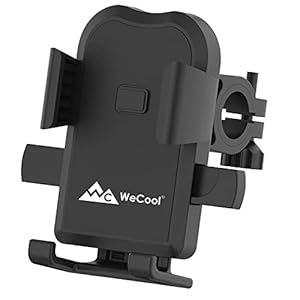
The largest reveal at Meta’s Join occasion was its long-promised AR glasses, Orion. As anticipated, the prototype, every of which reportedly prices round $10,000, received’t be prepared for the general public any time quickly.
Within the meantime, Meta supplied a glimpse of its new holographic avatars, which can permit folks to speak with lifelike holograms in augmented actuality. The holograms are Meta’s Codec Avatars, a know-how it’s been engaged on for a number of years. Mark Zuckerberg teased a version of this final 12 months when he participated in a podcast interview “within the metaverse.”
That know-how might now be nearer than we predict. Following the keynote at Join, I sat down with Mark Rabkin, a VP at Meta main Horizon OS and Quest, who shared extra about Meta’s codec avatars and the way they may sooner or later come to the corporate’s VR headsets as effectively.
“Usually, just about every thing you are able to do on Orion you are able to do on Quest,” Rabkin mentioned. The Codec Avatars particularly have additionally gotten a lot simpler to create. Whereas they as soon as required superior digital camera scans, many of the inside avatars at the moment are created with cellphone scans, Rabkin explains.
“It’s an virtually an identical course of in some ways in producing the stylized avatars [for VR], however with a special coaching set and a special quantity of computation required,” Rabkin defined. “For the stylized avatars, the mannequin must be educated on a variety of stylized avatars and the way they appear and the way they transfer. [It has to] get a variety of coaching knowledge on what folks understand to seem like their image, and what they understand to maneuver properly.”
“For the Codec avatars … it is the identical course of. You collect an amazing quantity of knowledge. You collect knowledge from very high-quality, fancy digital camera scans. You collect knowledge from cellphone scans, as a result of that is how folks will likely be actually creating, and also you simply construct a mannequin till it improves. And one of many challenges with each issues is to make it quick sufficient and computationally low-cost sufficient in order that thousands and thousands and thousands and thousands can use it.”
Rabkin mentioned that he ultimately expects these avatars to have the ability to play in digital actuality on the corporate’s headsets. Proper now, the Quest 3 and 3S don’t have the mandatory sensors, together with eye monitoring, essential for the photorealistic avatars. However that would change for the next-generation VR headset, he mentioned: “I believe in all probability, if we do rather well, it needs to be doable within the subsequent technology [of headset].”
Trending Merchandise



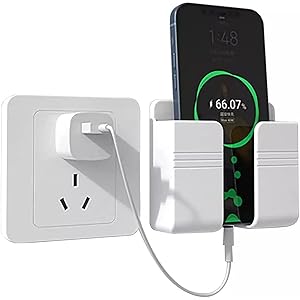
![CRATIX 360°Rotatable and Retractable Car Phone Holder, Rearview Mirror Phone Holder [Upgraded] Universal Phone Mount for Car Adjustable Rear View Mirror Car Mount for All Smartphones](https://m.media-amazon.com/images/I/410N7NZtIjL._SS300_.jpg)
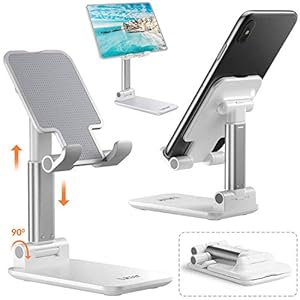
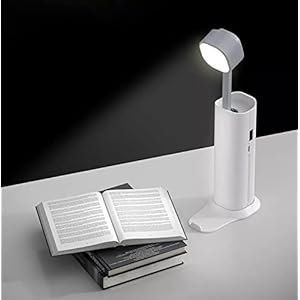


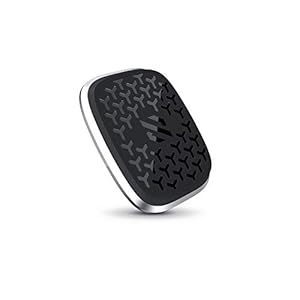
![Car Phone Holder Mount, [Military-Grade Suction & Super Sturdy Base] Universal Phone Mount for Car Dashboard Windshield Air Vent Hands Free Car Phone Mount for iPhone Android All Smartphones](https://m.media-amazon.com/images/I/51KK2oa9LDL._SS300_.jpg)
